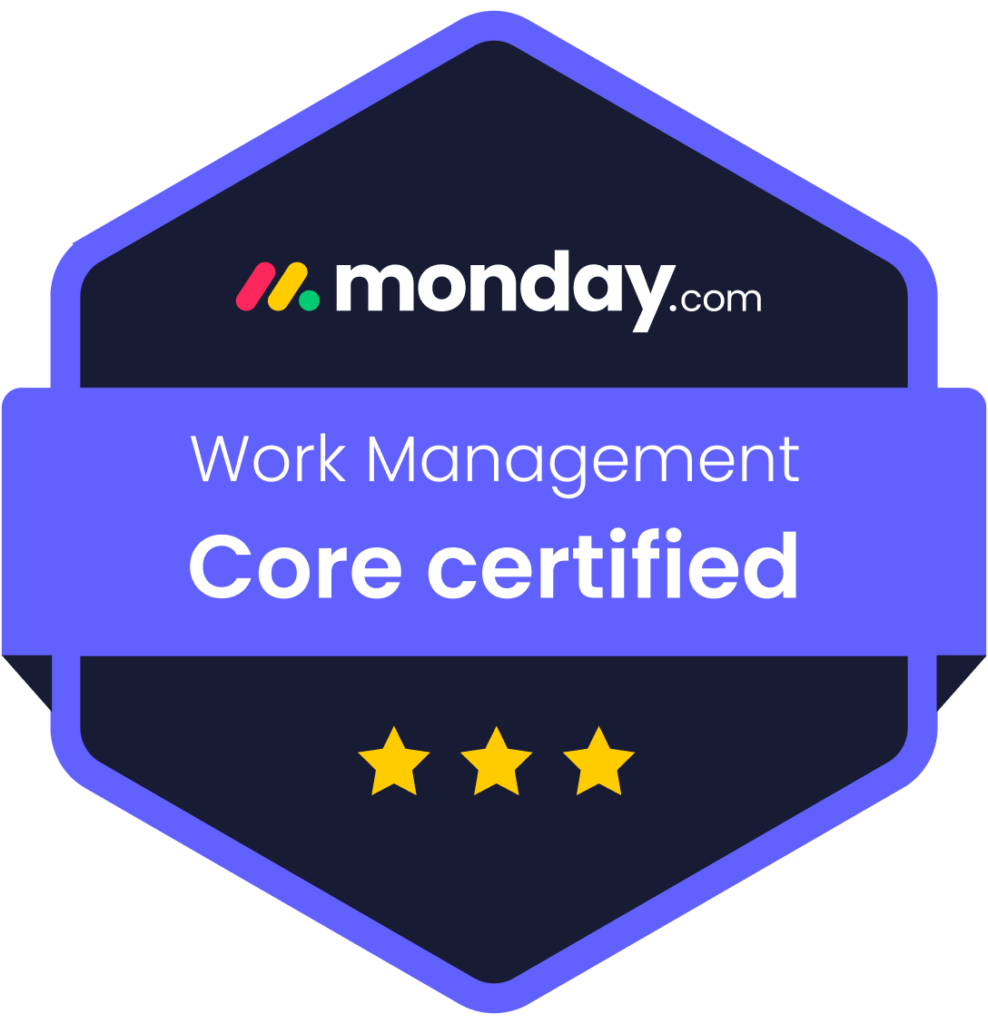The Growing Importance of Mobile Optimization for Local SEO
In today’s digital landscape, mobile optimization plays a crucial role in local SEO. With more people relying on their smartphones to search for local businesses, ensuring your website is mobile-friendly is essential for ranking higher in search results. Google prioritizes mobile-first indexing, meaning if your website isn’t optimized for mobile users, you could be losing out on potential customers.
The Impact of Mobile Searches on Local Businesses
Local searches are increasingly happening on mobile devices. When users look up “restaurants near me” or “plumbers in ,” Google considers factors like mobile-friendliness, page speed, and usability when ranking results. Mobile optimization should be a priority for your local SEO strategy because it directly impacts your search visibility and user engagement.
Google’s Mobile-First Indexing and Search Rankings
Google predominantly uses the mobile version of a website for ranking and indexing. If your website isn’t mobile-friendly, it may not appear in search results even if it has relevant content. A mobile-optimized website with structured local SEO elements such as Google Business Profile, local keywords, and location-based schema markup improves your chances of ranking for local search queries.
Enhancing User Experience for Mobile Visitors
A positive user experience on mobile devices is critical. Mobile users expect fast-loading websites that are easy to navigate. If your site is difficult to use on a smartphone, visitors are likely to leave, increasing bounce rates and negatively affecting your rankings. A mobile-friendly site with easy access to contact details, directions, and online booking options improves conversion rates. Many users searching for local businesses are ready to make a purchase or visit the location immediately.
The Role of Responsive Web Design
To ensure your website is optimized for local searches on mobile devices, several best practices should be followed. Using a responsive web design ensures your website adjusts to different screen sizes, providing a seamless experience across devices. Instead of having separate mobile and desktop sites, using one website that adapts dynamically is a more effective strategy.
Optimizing Google Business Profile for Mobile SEO
Optimizing your Google Business Profile is essential. Claiming and verifying your profile, ensuring your name, address, and phone number (NAP) are accurate, and adding business hours, images, and customer reviews all contribute to better visibility. Enabling messaging and appointment booking enhances the customer experience and can lead to higher engagement.
Page Load Speed and Its Impact on Rankings
Page load speed is another crucial factor. Using tools like Google’s PageSpeed Insights can help identify areas for improvement. Compressing images, enabling browser caching, and minimizing HTTP requests can all improve load times. Implementing Accelerated Mobile Pages (AMP) can also help your pages load faster on mobile devices.
Using Local Keywords to Improve Search Visibility
Local keywords should be used strategically throughout your website. Including location-based keywords in page titles, meta descriptions, and headers ensures that your business appears in relevant searches. Using phrases like “best [service] in ” helps match local search queries and improves search engine rankings. URLs and alt text should also be optimized for local relevance.
The Importance of Click-to-Call and Click-for-Directions
Having click-to-call and click-for-directions functionality on your website improves user experience. A visible, tappable phone number allows users to call your business instantly, while embedding a Google Maps widget with a clickable “Get Directions” button makes it easier for potential customers to find your location.
Mobile-Friendly Navigation and Readability
A well-designed website should be easy to navigate and readable on mobile devices. Using large, easy-to-tap buttons, keeping paragraphs short, and breaking up text with images make content more engaging. Simple menus with a clear structure make it easier for visitors to find what they are looking for without frustration.
The Power of Customer Reviews in Local SEO
Encouraging and managing online reviews can significantly impact your local SEO performance. Asking satisfied customers to leave Google reviews helps build credibility and trust. Responding to reviews promptly, whether positive or negative, signals engagement and responsiveness, which can improve your reputation.
Voice Search Optimization for Mobile Users
Voice search is becoming increasingly popular, especially among mobile users. Many people now perform searches using voice assistants like Siri and Google Assistant. To optimize for voice search, using conversational, long-tail keywords is important. Creating FAQ sections that answer common local queries in a natural language format increases the likelihood of being featured in voice search results.
Using Schema Markup to Boost Local Search Results
Using schema markup for local SEO helps search engines understand your business details more effectively. Implementing local business schema markup, including structured data like address, business hours, and customer reviews, improves search visibility and click-through rates.
Avoiding Intrusive Pop-ups on Mobile Devices
Intrusive pop-ups should be minimized or avoided altogether. Google penalizes websites that have pop-ups covering the main content. If pop-ups are necessary, they should be easy to close and should not disrupt the user experience.
The Long-Term Benefits of Mobile Optimization for Local SEO
Mobile optimization is a game-changer for local SEO. Ensuring your website is fast, easy to navigate, and provides a seamless mobile experience will improve rankings and conversions. With Google’s mobile-first indexing and the growing number of mobile users, optimizing for mobile isn’t optional—it’s essential. Implementing these strategies today will help your business stay ahead in the local search game.












